The continents are where we live. Without continents on this Earth, humanity would struggle to survive. In other words, continents are a crucial part of human existence. So, how many continents are there in the world? What interesting facts and mysteries do the continents hold? Let’s explore the article below together! It will provide you with valuable information about the continents of the world effectively.
According to current statistics from scientists, our Earth has 6 continents. These continents are distinct from one another and require further research. The six continents are as follows:
1. Africa
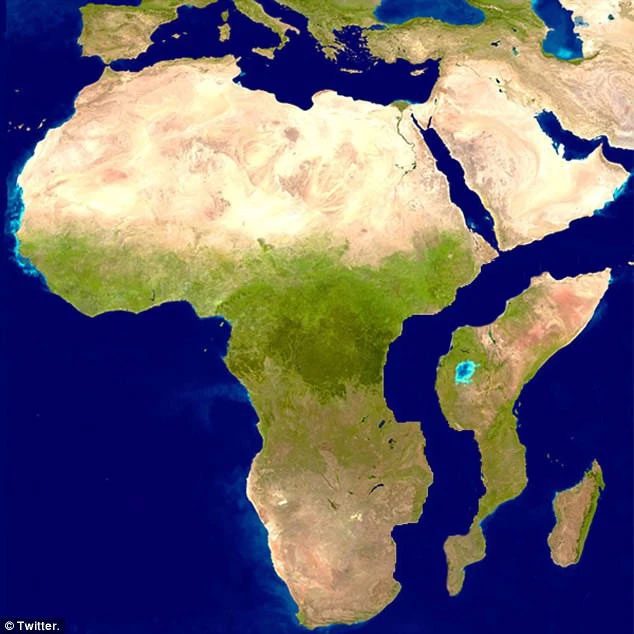
Africa is a shortened name from Á Phi Lợi Gia, which is quite distinctive. The term Africa has its roots in the Hán-Việt transliteration of the English word, while in French it is Afrique and in German, it is Afrika. The name Africa is derived from a tribe called Beche, a name given by the Romans. Afri means “black,” referencing the skin color of the inhabitants of this continent. This tribe was found residing in Tunisia, a region in Africa. Among the continents, Africa has the smallest population, and its economic development is generally slower than that of other continents.
2. Australia
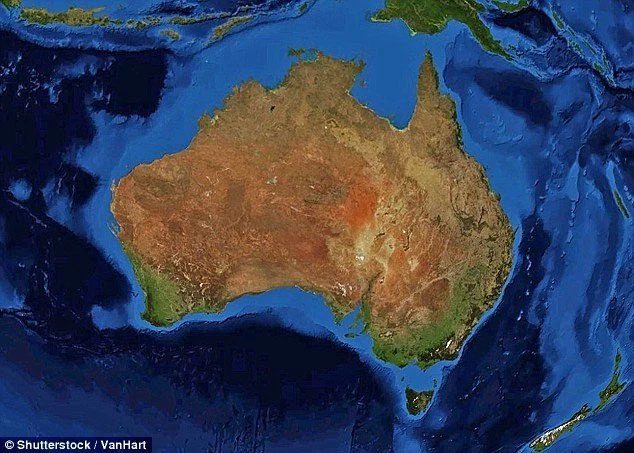
Australia is a shortened name for Úc Đại Lợi Á, another distinctive name. The Hán-Việt transliteration of Australia in English is Australien (in French, it is Australie and in German, it is Australis). Ultimately, it derives from the Latin word australis, meaning “southern.” The continent of Australia is a land in the south that needs further exploration and development. Among the continents, it is considered the hottest when discussed. Various natural and geographical factors have contributed to the harshness of this region.
3. Antarctica
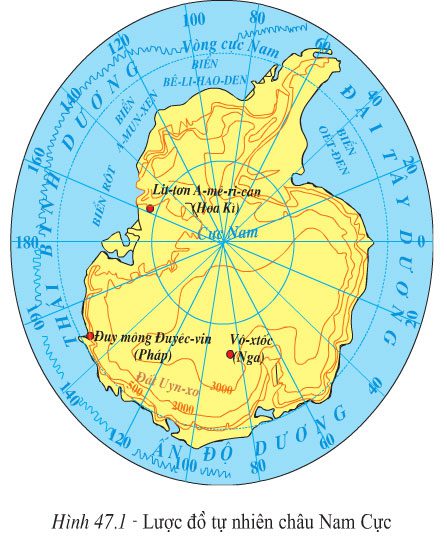
In English, Antarctica refers to the continent at the southern pole of the Earth. In French, it is Antarcde and in German, it is Antartika. The name of this continent is derived from two Greek words: anti and artos, meaning “opposite” and “bear.” This designation indicates the area opposite to the North Pole, which is located in the vicinity of the constellation Ursa Major. Among the continents, Antarctica is the most mysterious and, according to some studies, it is also the smallest in area.
4. South America and North America
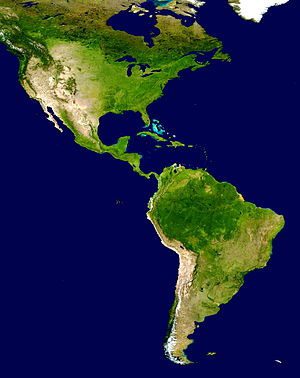
America is the name for Á Mỹ Lợi Gia, a name quite similar to Africa. The Hán-Việt transliteration of the English word America is America. It is also known in French as Amerique and in German as Amerika. This continent is named after the Italian explorer Amerigo Vespucci, who played a significant role in discovering this land. Among the continents, this one has the best socio-economic development conditions due to its temperate climate and other favorable natural conditions. It is regarded as one of the most livable continents.
5. Eurasia, a combination of Asia and Europe
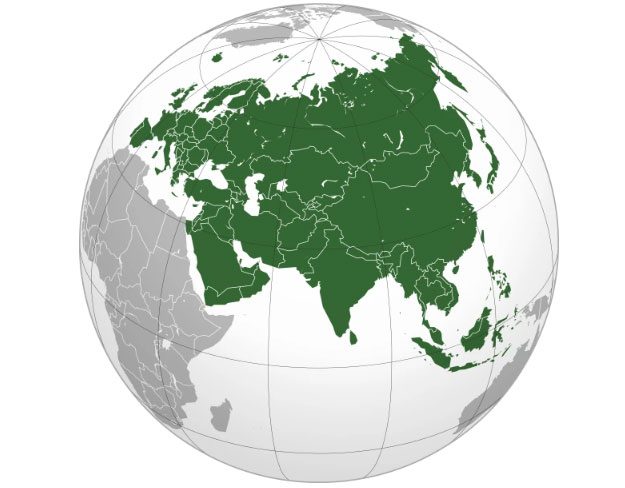
Asia: is a shortened name for Á Tế Á, a very interesting name. Its Hán-Việt transliteration in European languages is Asia. In English, it is Asia, in French, it is Asie, and in German, it is Asien. These terms originate from the Semitic language group from Assyrian. The word asu comes from esch or ushos, meaning “the place where the sun rises.” In ancient times, the Greeks used this term to refer to the region of Asia Minor, which is modern-day Turkey, known as a province of the Roman Empire in the 2nd century BC.
Europe: is a shortened name for Âu LaBa, a name that seems difficult to read. Its Hán-Việt transliteration in European languages is Europe. In English and French, it means Europe, and in German, it is Europa. This term also has roots in the Assyrian language (Semitic group). If Asia means “the place where the sun rises,” then Europe means ereb or irib, which translates to “the place where the sun sets.” This term was used by the ancient Greeks to refer to the land and islands west of Asia Minor.
From the knowledge presented above, we can conclude that there are 6 continents in the world. These six continents need to be explored further as they hold many mysteries.





















































